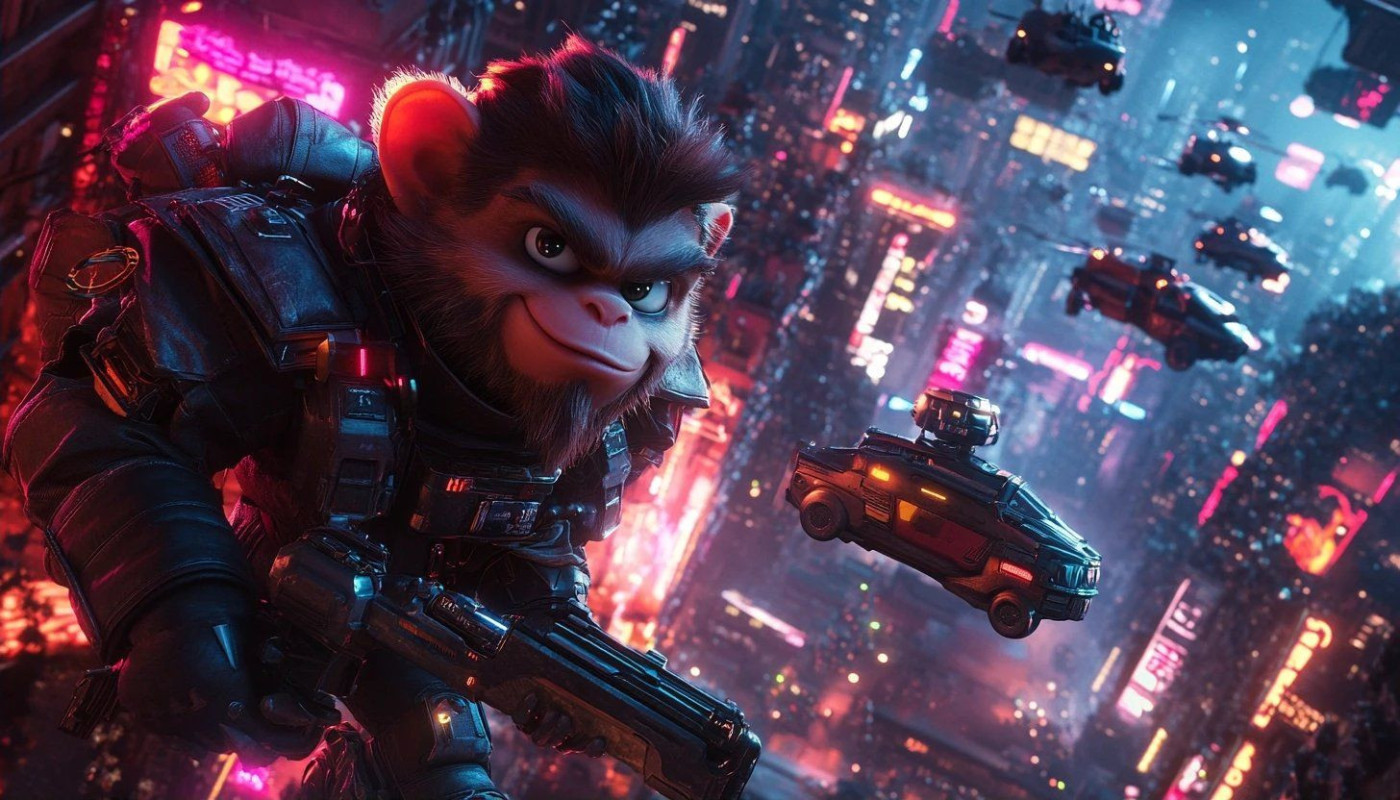Table of contents
The satirical RPG genre has long thrived on its unique blend of humor, social commentary, and imaginative storytelling. With several highly anticipated sequels on the horizon, fans and newcomers alike have a fresh opportunity to dive into worlds that both mock and celebrate classic role-playing traditions. Explore what’s next for these irreverent adventures—discover how upcoming titles are pushing boundaries and redefining what it means to laugh at, and with, the genre.
Satire in modern RPG narratives
Satirical RPG sequels are redefining the boundaries of comedy in games by weaving sharp humor and cultural commentary directly into their plots, character arcs, and world-building. Developers are increasingly conscious of narrative evolution, using modern satire to lampoon contemporary societal issues, industry trends, and even the very conventions that define the genre. This approach not only entertains but also deepens engagement, as players encounter witty deconstructions of familiar gaming tropes and are invited to reflect on their own roles within these virtual worlds. By balancing parody with genuine storytelling, studios address ludonarrative dissonance, ensuring that the humor reinforces—rather than contradicts—the gameplay experience. Such innovations set higher expectations for RPG humor, urging future titles to blend incisive satire with traditional immersive elements. For those interested in how these trends are shaping upcoming releases, including information on anticipated games like The Outer Worlds 2, read more to discover price rumors and narrative expectations.
Gameplay innovations and parody
Upcoming sequels in the satirical RPG arena are pushing the boundaries of what players expect from role-playing experiences. Senior game designers are leveraging mechanical subversion to both honor and lampoon familiar RPG conventions, crafting innovative RPGs that challenge preconceived notions. These titles introduce inventive systems, such as parody mechanics that intentionally exaggerate grinding, overblown skill trees, or dialogue choices with absurd consequences, while maintaining accessibility and engagement. Satirical gameplay becomes a vehicle for both entertainment and critique, as developers deftly walk the line between lampooning staple tropes—like arbitrary fetch quests or convoluted inventory systems—and building genuinely enjoyable genre evolution. This blend ensures that new systems are not only fresh and engaging but also offer a playful reflection on how traditional RPG formulas can be both cherished and ridiculed within a single experience.
Visual storytelling and humor
Visual satire plays a significant part in shaping the comedic tone of upcoming RPG sequels, with art direction, comedic character design, and humorous graphics working together to amplify narrative humor. RPG art style is often tailored to exaggerate character features, environments, and animations, making them more expressive and ripe for parody. Diegetic design, where visual elements are seamlessly integrated into the game world, allows jokes and gags to become part of the playable experience rather than remaining confined to dialogue. For instance, sight gags, exaggerated facial animations, and background visual cues can highlight narrative punchlines or comment on in-game events, adding layers of humor that text alone cannot deliver. The thoughtful use of color palettes, stylized proportions, and creative environmental storytelling ensures that each visual aspect reinforces the satirical intent, keeping the audience engaged with both the story and the world. This careful blend of visual storytelling and comedic timing distinguishes successful satirical RPGs, creating an atmosphere where every frame offers potential for laughter and subversive commentary.
Player agency and interactive comedy
In the evolving landscape of satirical RPG sequels, player agency RPG mechanics are at the forefront of redefining interactive comedy. Creative directors, who possess the most authority in shaping narrative vision, are focusing on emergent gameplay and robust branching narrative systems to heighten RPG engagement. Through meticulously crafted choice-based humor, players influence not just story outcomes but also the tone and comedic style of their adventures. Interactive comedy is enhanced as players navigate dialogue trees where every decision can trigger unique punchlines or absurd scenarios, reflecting the increasing sophistication in player-driven narrative outcomes. This emphasis on empowering player choice ensures that humor is not only tailored but also deeply immersive, making each playthrough distinct and memorable. The shift towards these systems demonstrates a commitment to both replayability and a richer, more personalized engagement with satire in RPGs.
Anticipating the next wave
The future of RPGs, especially those rooted in satire, is poised for dynamic transformation as the market trajectory reveals a growing appetite for inventive humor and sharper social commentary. Audience expectations are rapidly evolving; players now seek not just surface-level parody, but layered narratives that lampoon cultural trends, gaming conventions, and current events with wit and depth. Satirical trends indicate that the next-gen RPGs will harness advancements such as procedural storytelling, real-time player influence, and adaptive AI to craft uniquely comedic experiences personalized for each user. The RPG sequels forecast points toward increased integration of multiplayer satire, where collaborative and competitive play amplify the genre’s parody evolution. Factors fueling this progression include greater access to powerful development tools, a globalized fanbase eager for nuanced humor, and the ability of developers to respond swiftly to contemporary topics. As innovation accelerates, upcoming titles promise to push the boundaries of what interactive satire can achieve, redefining the genre for a discerning, engaged audience.
Similar






